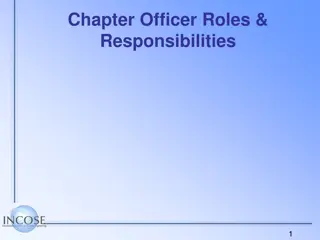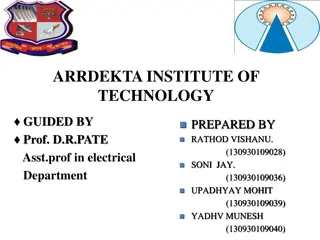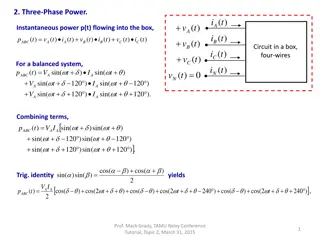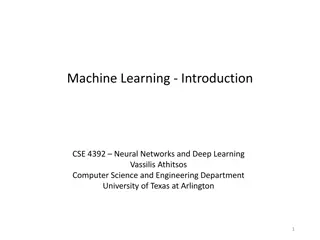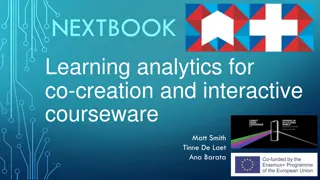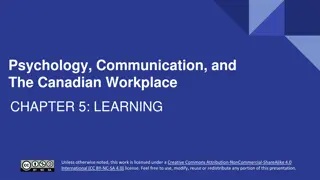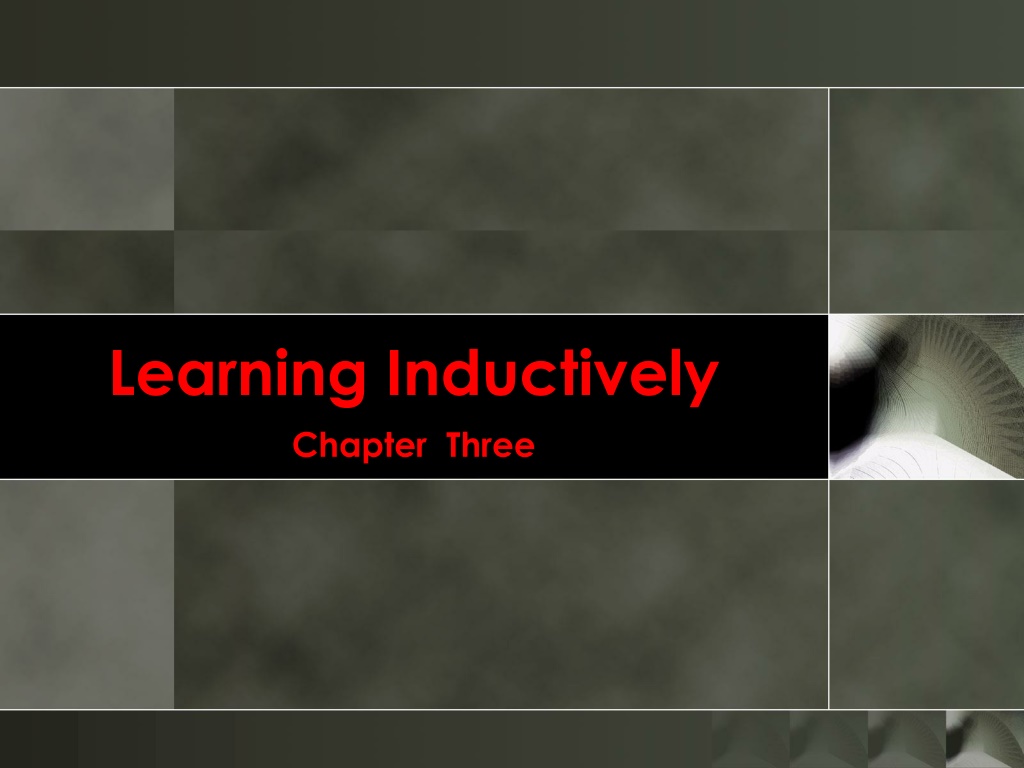
Enhancing Learning Through Inductive Thinking
Explore how inductive thinking boosts higher-order mental processes, effective learning, collaboration, and problem-solving in educational settings. Discover the power of inductive models in generating higher levels of information acquisition and retention. Uncover strategies for enhancing students' inductive capacity through organizing data sets, classifying items, inferring, and hypothesizing.
Download Presentation

Please find below an Image/Link to download the presentation.
The content on the website is provided AS IS for your information and personal use only. It may not be sold, licensed, or shared on other websites without obtaining consent from the author. If you encounter any issues during the download, it is possible that the publisher has removed the file from their server.
You are allowed to download the files provided on this website for personal or commercial use, subject to the condition that they are used lawfully. All files are the property of their respective owners.
The content on the website is provided AS IS for your information and personal use only. It may not be sold, licensed, or shared on other websites without obtaining consent from the author.
E N D
Presentation Transcript
Learning Inductively Chapter Three
Born to think people simply cannot keep themselves from comparing and contrasting things, actions, feelings, and you name it! Inductive thinking is probably the basis for most forms of higher-order mental processes. Although we are born with a good measure of built-in inductive capacity, some types of teaching and curriculum can enhance it considerably.
Compared with recitation-style, drill-and- practice education, inductive models generate higher levels of information acquired and retained, effective learning processes, greater skill in collaborating to learn, more positive feelings about schooling and self, and problem-solving. In other words, intelligences are improved social, academic, and personal.
Inductive Model has 2 Goals Learning content efficiently and pleasurably. Increasing Capacity to Learn and think broadly. How are these accomplished?
* By opening up fresh ways of collecting information, *Organizing what is collected into data sets, *Studying the characteristics of the items in the sets, *Classifying them, and *Inferring and Hypothesizing.
The concept of data sets I oData are acquired in many ways but organization of data is not automatic. oImagine a visit to a gallery of paintings (real or virtual). One can look at each painting as an individual entity. And carry from the gallery the memory of the paintings as pieces.
The Concept of Data Sets II Now, suppose that our visitor returns to the gallery and looks at the display as a whole and studies the characteristics of the items. Then, our visitor puts the individual paintings into group depending on their likenesses and differences. The visitor now leaves the gallery with the memory of the pictures and the categories within which they are associated.
The concept of data sets III Teaching inductive processes involves building on the natural inductive skills of the student and facilitating it by modeling how to build information into sets and how to organize them.
To begin teaching the inductive process, the instructor presents the students with data sets in a particular field selected for inquiry. For example, to study poetry, the data set could be poems within the reading level of the students. The students study the items in the set identifying their characteristics and then classify the items and share their categories.
The students will immediately discover that there are a number of ways that these poems can be grouped: Voice, use of figurative language, topic and theme poems are rich in attributes. And they can begin to ask questions like are differences in voice (first or third person) related to the use of certain kinds of figurative language? Cross-classifications will follow.
Questions arise and inferences and hypotheses lurk just offstage. Did you notice that the plants on the North side of the school are smaller than ? I bet that they need more water it s not just sunshine. Let s investigate give half of them
Syntax Inductive-Thinking Model Enumeration and Listing Grouping Labeling, Categorizing Interpretation of Data Identifying Critical Relationships Exploring Relationships Making Inferences Application of Principles Predicting Consequences, Explaining Unfamiliar Phenomena, Hypothesizing Explaining and/or Supporting the Predictions and Hypotheses Verifying the Prediction

